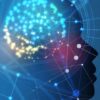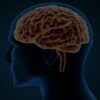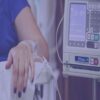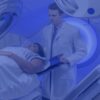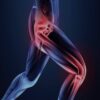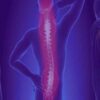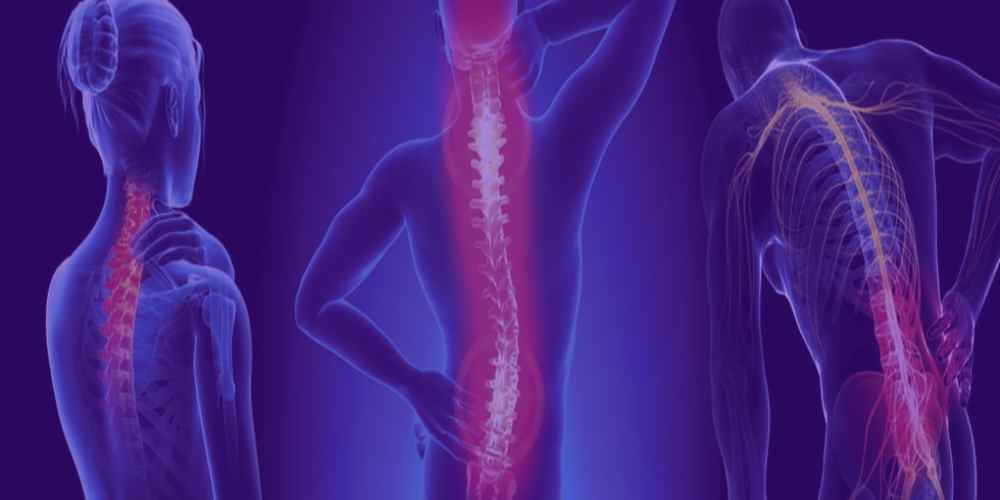
Spine surgery is a sensitive subject, so before going deeper into spinal surgery, we should have an idea of orthopedic surgery:
What is “Orthopedic surgery”
Orthopedic surgery or orthopedics, is the branch of surgery concerned with conditions involving the musculoskeletal system. Orthopedic surgeons use both surgical and nonsurgical means to treat musculoskeletal trauma, spine diseases, sports injuries, degenerative diseases, infections, tumors, and congenital disorders.
The division of bones and fractures is one of the most important sections of the hospital. The focus was on providing modern diagnostic equipment and providing specialized operating theaters, such as surgery and changing joints, and fracture surgery of all kinds.
We offer the best, least invasive and least aggressive options to relieve your pain and symptoms so you can get back to the life you love.
Specialized divisions :
- Knee joint
- Shoulder joint
- Sports medicine
- Pediatric orthopedic
- Rheumatism and arthritis
- Orthopedic surgery and fractures
- Orthopedic fracture surgery and spine
- Knee joint change
- Hip joint change
- Shoulder joint surgery
- Endoscopic surgery and sports medicine
- Reconstruction of the frontal cruciate ligament and cartilage surgery.
Many people suffer from back pain and spine problems, and each case is different, and there are cases that need surgery to save the patient or to prevent complications in the future.
Spinal disease refers to a condition impairing the backbone. These include various diseases of the back or spine, such as :
all about
Scoliosis
most cases appear for unknown reasons , and in a few cases, the cause of scoliosis is known. These include:
Congenital scoliosis – This happens when the spine fails to form completely or forms improperly during development (while in the womb).
Neuromuscular scoliosis – This can happen when the spine’s discs and bones break or deteriorate in adulthood. It also can happen because certain diseases, such as cerebral palsy, cause the muscles to support the spine unevenly or to pull at the spine unevenly.
Osteoporosis with fractures — The bones are prone to fracture in people with osteoporosis and the spine is a favored location for fracture. If one side of a vertebra (spine bone) compresses more than the other side after it fractures, the spine may curve as a result.
The treatment of scoliosis depends on the patient’s age and sex, the severity of spinal curvature, the location of the curve, the type of scoliosis, and in girls, whether the patient has started to menstruate. The age at which menstruation begins is an indicator of the stage of bone growth, which helps determine the risk that the disease will progress.
- Back pain that may appear in adulthood as ligaments weaken.
- Tingling or numbness in the legs.
- Permanent deformities.
- Fatigue (tiredness).
- Breathing problems.
- Heart problems – Rarely, scoliosis is associated with abnormal heart mechanics
- A spine that curves inward or downward too much, known as a sway back.A pelvis that thrusts forward on one side.
- One leg that appears shorter than the other.
all about
Degenerative disc disease:
is a medical condition in which there are anatomic changes and a loss of function of varying degrees of one or more intervertebral discs of the spine of sufficient magnitude as to cause symptoms
What Causes Degenerative Disc Disease?
Generally, the pain associated with degenerative disc disease is thought to stem from two main factors:
The common course of symptoms for people with degenerative disc disease is symptoms that flare up periodically, but overall the symptoms don’t progress over time.
For people with painful flare-ups, the main treatment goals will usually include pain control.
For most people treatment is nonsurgical and may include one or a combination of many medical, alternative, and/or self care approaches.
The operative solutions, a fusion or artificial disc, are extensive surgeries and patients are usually advised to make a serious effort with nonsurgical treatments prior to considering surgery.
What Are The Treatment Options For Degenerative Disc Disease?
The proteins contained within the disc space can cause a lot of inflammation, and as a general rule inflammation will cause pain.
In the lumbar disc space, the low back pain can radiate into the hips. The associated pain can also travel down the back of the leg (also called sciatica, or radiculopathy), and possibly into the foot and toes.
In the cervical disc space, the neck pain may be local or may radiate into the arm, shoulder and possibly into the hand (a cervical radiculopathy).
If the annulus – the outer rings of the intervertebral disc – degenerates and wears down, it is not as effective in resisting motion in the spine. This condition has been termed “micromotion” instability because it is usually not associated with gross instability (such as a slipped vertebral body or spondylolisthesis).
Both the inflammation and micromotion instability can cause lower back or neck muscle spasms. The muscle spasm is the body’s attempt to stabilize the spine. It is a reflex, and although the body’s response of muscle spasm is not necessary for the safety of the nerve roots, it can be quite painful.
The muscle spasms associated with the instability are thought to cause the flare-ups of intense pain often associated with degenerative disc disease.
all about
Congenital deformities of the spine:
The natural history, the character and location of the deformity ultimately influence the choice of treatment.
Treatment usually focuses on preventing congenital spine deformities from getting worse, rather than correcting them. Depending on the type and severity of your condition, the doctor may recommend one or more of the following treatment options:
- Back braces or casts in mild cases of scoliosis to prevent spine curvatures from worsening
- Surgery for kyphosis and lordosis to improve spine alignment

